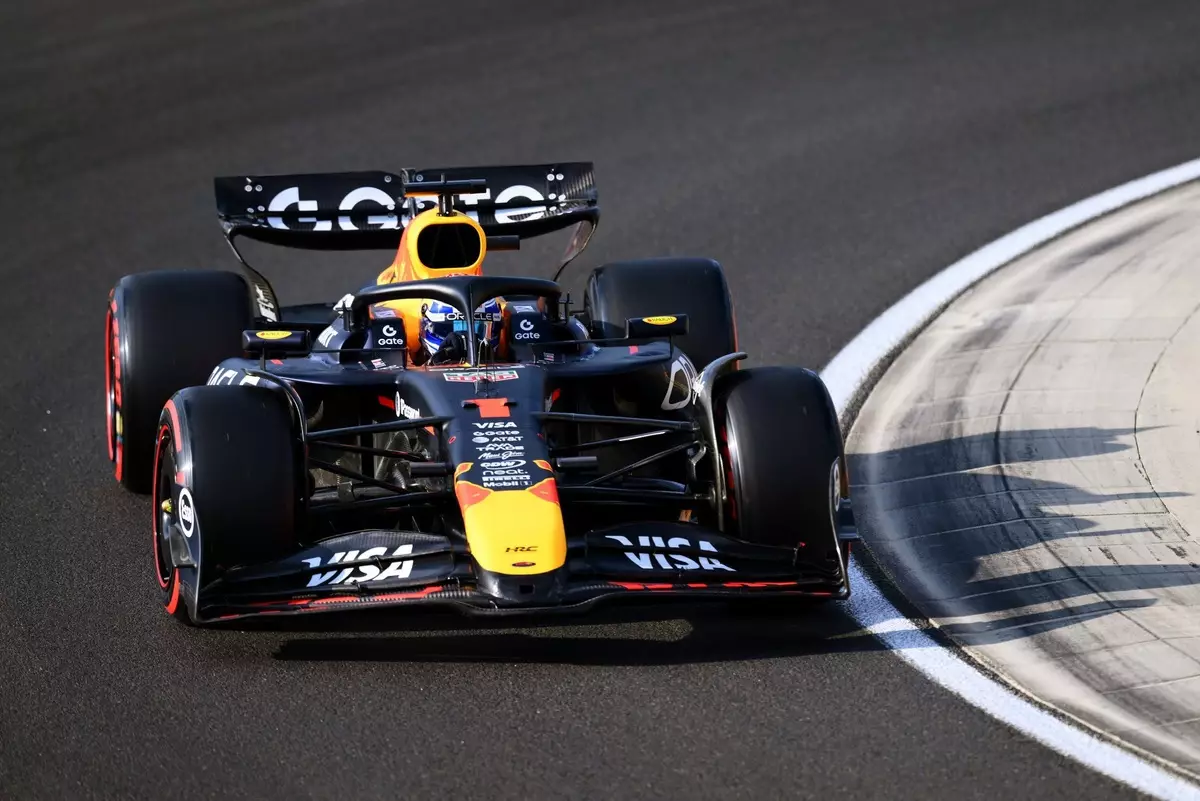Max Verstappen’s candid admission that “nothing really works” on his Red Bull RB21 during the Friday sessions at the Hungarian Grand Prix paints a stark picture of a team battling its own engineering demons. While the world often celebrates Verstappen’s consistent dominance and Red Bull’s cutting-edge technology, these statements expose vulnerabilities that are rarely seen in the halo of success. The Dutch driver’s description of the car as “undriveable” and feeling like “driving on ice” suggests a fundamental mismatch between the car’s setup and the track conditions. In Formula 1, even the tiniest grip deficit can domino into a cascade of problems, affecting everything from tire degradation to overall lap times.
This moment reveals an uncomfortable truth: even the most seemingly invincible teams are subject to the unpredictable nature of racing dynamics. Red Bull, often lauded for clever engineering and rapid adaptability, now faces a critical juncture where their dominance could be shaken, not by competition alone but by their own machinery. It’s a reminder that racing innovation is an ongoing battle, and no team is immune to the complex challenges of fine-tuning a car’s performance in real-time. Verstappen’s blunt criticism underscores the reality that superiority on paper doesn’t always translate to on-track excellence, especially when unpredictable variables come into play.
The Ingenious but Flawed Engineering Process
Behind the scenes, Verstappen’s intense debrief with his team—spanning engineers, team leadership, and his teammate—reveals the cerebral effort required to tackle these hurdles. Red Bull’s engineers will dissect every minute detail, searching for clues in aerodynamics, suspension, tire pressures, and set-up adjustments. The fact that the team has historically shown the ability to turn their fortunes around overnight provides some hope, but this episode highlights a more systemic issue: the delicate balance between pushing the car to its limits and maintaining reliability.
The Hungarian track, with its unpredictable grip levels and technical demands, seems to have laid bare the weaknesses in Red Bull’s current setup. More critically, Verstappen’s frustration signals that these issues aren’t superficial. His comment that “nothing really works” suggests deeper systemic engineering challenges—perhaps an incompatibility with the current tire compounds, track surface, or aerodynamic configuration. The team’s long-term success hinges on its ability to rapidly identify and rectify these problems, transforming setbacks into opportunities for innovation.
The Human Element and Regulatory Curiosities
Adding a layer of human complexity, Verstappen’s interaction with race stewards following his towel incident underscores the ongoing balancing act drivers perform between focus, safety, and adhering to regulations. While the warning for an unsafe release was minor, it exemplifies how small oversights can cascade into penalties or distractions during critical moments. Verstappen’s explanation—that the towel was simply a tool to wipe his face—demonstrates a rational attempt to mitigate potential hazards, yet it serves as a reminder of how meticulous the FIA’s oversight has become.
Similarly, Yuki Tsunoda’s different experience highlights the relative stability in driver feedback within the team. While Verstappen grappled with grip issues and car balance, Tsunoda reported improvements after adjustments made between sessions. This contrast exemplifies the dynamic nature of racing setups; even within the same team, each driver’s experience can diverge significantly based on their handling style, car specifications, and positional context. It’s a testament to the complex orchestration required to optimize a single car’s performance amid fluctuating conditions.
The Road Ahead: Challenges and Opportunities
What’s most compelling about Verstappen’s candid reflections is the underlying message: resilience. Despite grim Friday results, there is a consistent pattern of teams rediscovering their edge through relentless analysis and innovation. Red Bull’s historical track record suggests that this rough patch is temporary, but it also raises questions about the team’s current design philosophy and adaptability.
This moment acts as a stark warning: dominance in Formula 1 is a fragile achievement, often sustained through continuous development. Teams that become complacent or fail to address obvious issues risk slipping behind. For Red Bull, the key will be their ability to diagnose the root causes of their performance issues swiftly and implement effective fixes before their rivals capitalize on their vulnerability. Verstappen’s comment that “there’s a lot to be found” encapsulates both his frustration and his optimism—an acknowledgment that, with the right efforts, better results are achievable.
Ultimately, the Hungarian GP’s opening sessions have set the stage for a compelling battle of engineering ingenuity, driver resilience, and team strategic execution. How Red Bull responds in the coming days could redefine their season—either as a moment of crisis or a catalyst for renewed dominance.


Leave a Reply